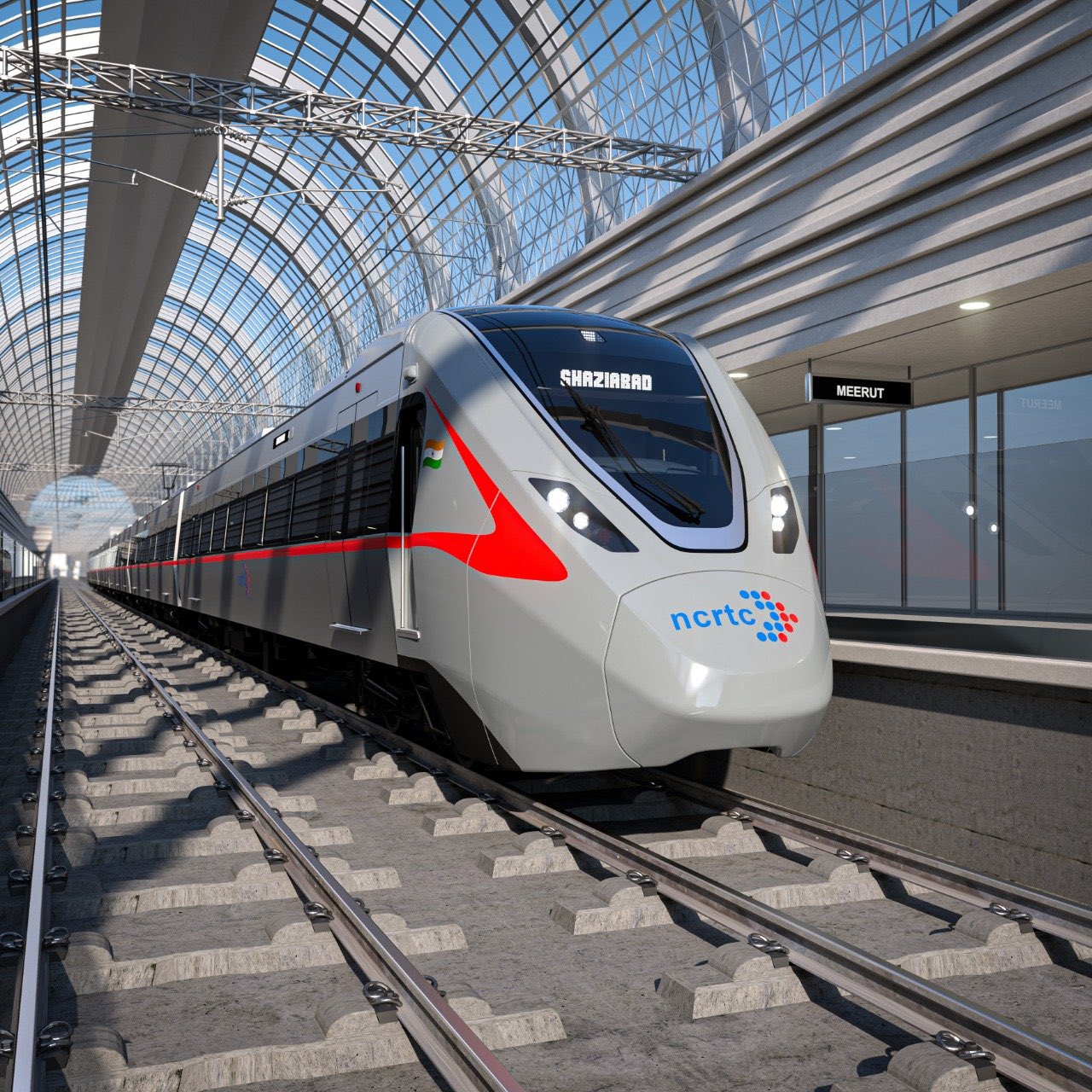In a world where time is of the essence, rapid transit systems have become a lifeline for urban commuters. The Delhi-Meerut Regional Rapid Transit System, affectionately known as Delhi-Meerut RRTS, is set to transform the way people travel between Delhi, Ghaziabad, and Meerut. This groundbreaking project is currently under construction, poised to revolutionize the daily commute of millions.
Speeding Through the Future
At the heart of this ambitious project is an 82.15-kilometer (51.05-mile) rapid rail corridor, designed to whisk passengers from Delhi to Meerut in under 60 minutes. With an impressive top speed of 180 km/h (110 mph), the journey will be faster than ever before. Costing a whopping ₹30,274 crore (US$3.8 billion), the Delhi-Meerut RRTS is no small endeavor. It will feature 22 stations and two depots located at Duhai and Modipuram.
Inauguration and Delays
The dream of a faster and more efficient connection between Delhi and Meerut took shape when Prime Minister Narendra Modi laid the foundation stone for this transformative project in March 2019. Construction officially commenced in June of the same year. The first phase, spanning 17 kilometers from Sahibabad to Duhai, was initially expected to open its doors to commuters by March 2023. However, as with many ambitious undertakings, there were unforeseen delays, particularly in stations in Ghaziabad. It was finally inaugurated by Prime Minister Narendra Modi on October 20, 2023. The entire 82-kilometer corridor is slated to be fully operational by June 2025, offering a seamless and rapid connection for the people of this region.
Historical Significance
This isn’t just any ordinary transit project; it’s a symbol of progress and connectivity. Prime Minister Modi’s vision, laid out on March 8, 2019, was to bridge the gap between cities, creating a network that could serve the people and improve their lives. In Meerut, 21 kilometers of the corridor are dedicated to local transit, making it a comprehensive solution for both long-distance and local travel.
National Connectivity
The Delhi-Meerut RRTS was chosen over other projects, including the Delhi-Alwar and Delhi-Panipat corridors, due to the high frequency of travelers between Delhi and Meerut. The aim is clear: to execute the project and simultaneously reduce pollution, ease traffic congestion, and minimize the risk of accidents. This transit system is not just about speed but also about the well-being of the people it serves.
Route and Infrastructure
The corridor stretches over 82 kilometers and boasts a total of 14 stations. Starting from Sarai Kale Khan station in Delhi, it journeys through key areas of Delhi, Ghaziabad, and Meerut, culminating at Modipuram in Meerut. The corridor’s unique design includes 68.03 kilometers of elevated track, 14.12 kilometers of underground passage, and 1.45 kilometers at ground level, providing access to two depots located at Duhai and Modipuram.
In densely populated regions of Delhi and Meerut, the route will be situated underground, such as areas close to the Yamuna river. This careful design allows the trains to reach their maximum speed of 180 km/h (110 mph) with an operating speed of 160 km/h (100 mph), ensuring swift and efficient travel for all passengers. The average speed, accounting for stops, is estimated to be approximately 100 km/h (62 mph), making it one of the fastest transit systems in the region.
The Future Awaits
The Delhi-Meerut RRTS promises to be a game-changer for commuters and the cities it connects. Sarai Kale Khan will not only be a transit hub for the RRTS but will also seamlessly connect with the Sarai Kale Khan – Nizamuddin metro station, the Sarai Kale Khan ISBT, and the Hazrat Nizamuddin railway station, creating a web of interconnected travel options.
The project is rolling out in phases, with the Sahibabad – Meerut South section, including the Duhai Depot, expected to be operational by January 2024, followed by the Hazrat Nizamuddin – Sahibabad section in the same month. Finally, the Meerut South – Modipuram stretch is slated to commence services by July 2024, adding a total of 16 stations to the network. Multimodal transport hubs will be established, enabling seamless connections with existing transportation services such as the Delhi Metro, Indian Railways, and the Uttar Pradesh State Road Transport Corporation (UPSRTC) bus terminals, strategically located at Anand Vihar, Sahibabad, and Shaheed Sthal stations.
In conclusion, the Delhi-Meerut RRTS is not merely a railway system; it’s a symbol of progress, connectivity, and a promise of a better future for millions of commuters. As the project hurtles towards completion, it’s clear that this ambitious endeavor will redefine the way we perceive and experience travel in this bustling region of India. With speed, efficiency, and a commitment to progress, the Delhi-Meerut RRTS is set to be a shining example of modern transit infrastructure.


.jpg)